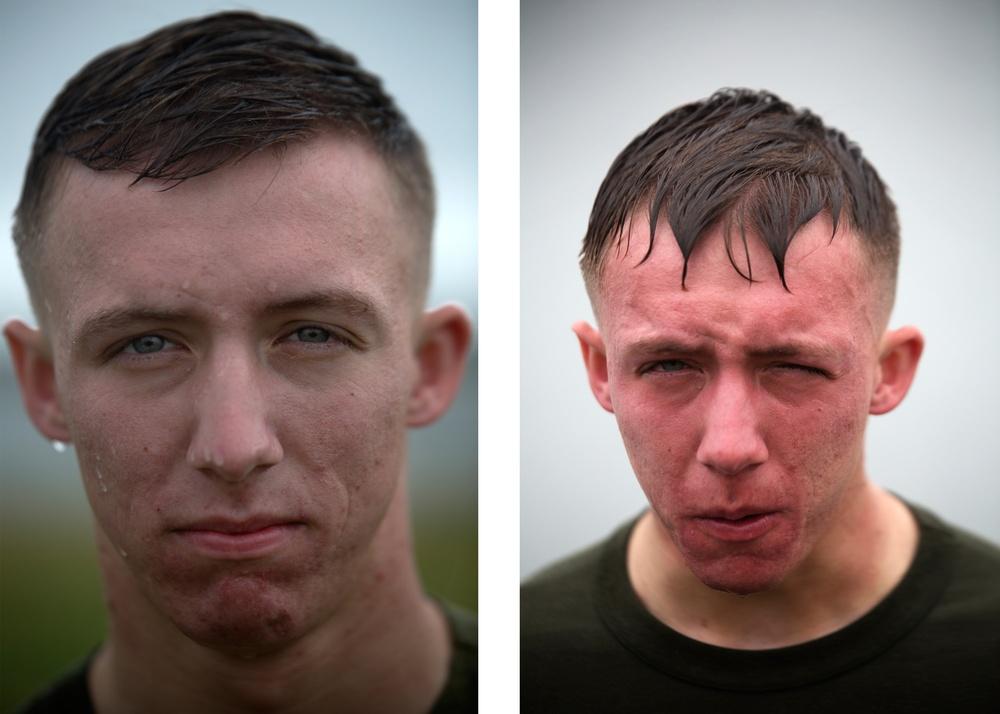Table of Contents
- How Pepper Spray Affects Eye Health and Vision Safety
- Understanding the Respiratory Risks of Pepper Spray Exposure
- Skin Reactions and Long-Term Dermatological Concerns from Pepper Spray
- Effective First Aid and Prevention Tips for Pepper Spray Exposure
- In Conclusion
How Pepper Spray Affects Eye Health and Vision Safety
Pepper spray contains capsaicin, a potent chemical compound that triggers an intense burning sensation when it comes into contact with the eyes. Exposure can cause immediate involuntary eye closure, severe pain, excessive tearing, and blurred vision. The conjunctiva and corneal epithelium become inflamed, which leads to temporary swelling and redness. Although these effects typically subside within 30 to 45 minutes, in rare cases, prolonged exposure or pre-existing eye conditions may result in corneal abrasions or even more serious vision impairments. It’s essential to avoid rubbing the eyes after exposure, as this can exacerbate irritation and extend recovery time.
In addition to direct irritation, pepper spray impacts several physiological responses that compromise visual safety. Victims often experience:
- Reduced depth perception, which hampers spatial judgment
- Increased light sensitivity, causing discomfort in bright environments
- Temporary loss of visual clarity due to excessive tearing and swelling
Understanding the Respiratory Risks of Pepper Spray Exposure
Exposure to pepper spray can trigger significant respiratory distress as its active ingredient, capsaicin, irritates the mucous membranes lining the airways. This irritation often leads to symptoms such as coughing, wheezing, shortness of breath, and a burning sensation in the throat and lungs. For individuals with pre-existing respiratory conditions like asthma or chronic bronchitis, these effects can escalate rapidly, sometimes resulting in severe respiratory complications or even acute bronchospasm. The body’s natural reflex to expel the irritant, such as heavy coughing or gasping, further exacerbates the discomfort and may temporarily impair breathing capacity.
The respiratory impact is not limited to immediate discomfort but can also lead to lingering effects depending on the duration and intensity of exposure. Common issues reported include:
- Persistent throat irritation and dryness
- Increased mucus production and post-exposure coughing
- Potential for secondary infections due to compromised airway defenses
- Heightened sensitivity in those with chronic lung diseases
Skin Reactions and Long-Term Dermatological Concerns from Pepper Spray
Exposure to pepper spray can provoke a range of acute skin reactions that vary from mild irritation to severe chemical burns. Most commonly, individuals report burning sensations, redness, and swelling in the exposed areas, often accompanied by itchiness and dryness that persist for hours or even days. The capsaicin compound-the active irritant in pepper spray-triggers an inflammatory response by activating nerve endings, which can lead to the breakdown of the skin’s natural barrier. In some cases, especially with prolonged or repeated exposure, these reactions may escalate to blistering or hypersensitivity, making the skin more vulnerable to infections and allergens.
Beyond the immediate symptoms, there is growing concern over long-term dermatological effects in individuals frequently exposed to pepper spray, such as law enforcement officers or protest participants. Chronic exposure may contribute to conditions like contact dermatitis or exacerbate pre-existing skin disorders, including eczema and psoriasis. It’s also important to note that sensitive skin types or those with compromised immune systems may suffer more severe consequences. Key takeaways for managing skin health post-exposure include:
- Thorough but gentle cleansing of affected areas to remove residual irritants
- Application of barrier-repair moisturizers to support skin healing
- Avoidance of harsh soaps and irritants that can worsen inflammation
- Seeking medical advice if symptoms persist beyond a few days or escalate
Effective First Aid and Prevention Tips for Pepper Spray Exposure
Immediate action is crucial to minimizing the discomfort and potential damage caused by pepper spray exposure. First, it is essential to move to fresh air to reduce inhalation of the irritant and avoid worsening respiratory symptoms. When it comes to eye exposure, gently flushing the eyes with cool water for 15 to 20 minutes can help dilute the capsaicin, the active irritant in pepper spray. Avoid rubbing the eyes, as this can exacerbate irritation or cause further injury. Additionally, removing any contact lenses immediately is important to prevent prolonged exposure and abrasion.
On the skin, washing the affected area with soap and cool water can help remove residual oils from the spray. Using a gentle, fragrance-free cleanser is recommended to prevent added irritation. To relieve inflammation and discomfort, applying a cool compress can soothe the skin, but avoid using creams or ointments unless prescribed by a healthcare professional. It’s also vital to avoid scratching or picking at the skin, as this can lead to infection. Always seek medical attention if symptoms such as severe difficulty breathing, intense eye pain, or prolonged skin irritation persist despite these measures.
- Flush eyes with water for 15-20 minutes; do not rub
- Move to an area with fresh air immediately
- Remove contact lenses right away
- Wash skin with soap and cool water
- Use cool compresses to reduce inflammation
- Avoid scratching or applying unapproved lotions
- Seek medical care if symptoms worsen or persist
In Conclusion
In conclusion, while pepper spray serves as an effective self-defense tool, understanding its effects on the eyes, lungs, and skin is crucial for both users and bystanders. Exposure can cause immediate discomfort and, in some cases, longer-lasting irritation or damage, particularly for individuals with pre-existing conditions. Being informed about these impacts not only promotes safer handling but also emphasizes the importance of prompt and appropriate first aid responses. As with any chemical agent, respecting pepper spray’s potential risks and using it responsibly ensures that it remains a protective measure rather than a health hazard.Check Our Other Blogs
- StunGun – Your Trusted Source for Stun Guns, Laws, and Self-Defense Tips
- PepperSprayLaws – Your Trusted Resource for Pepper Spray Information
- StunGunLaws – Your Trusted Guide to Stun Gun Legality and Safety




